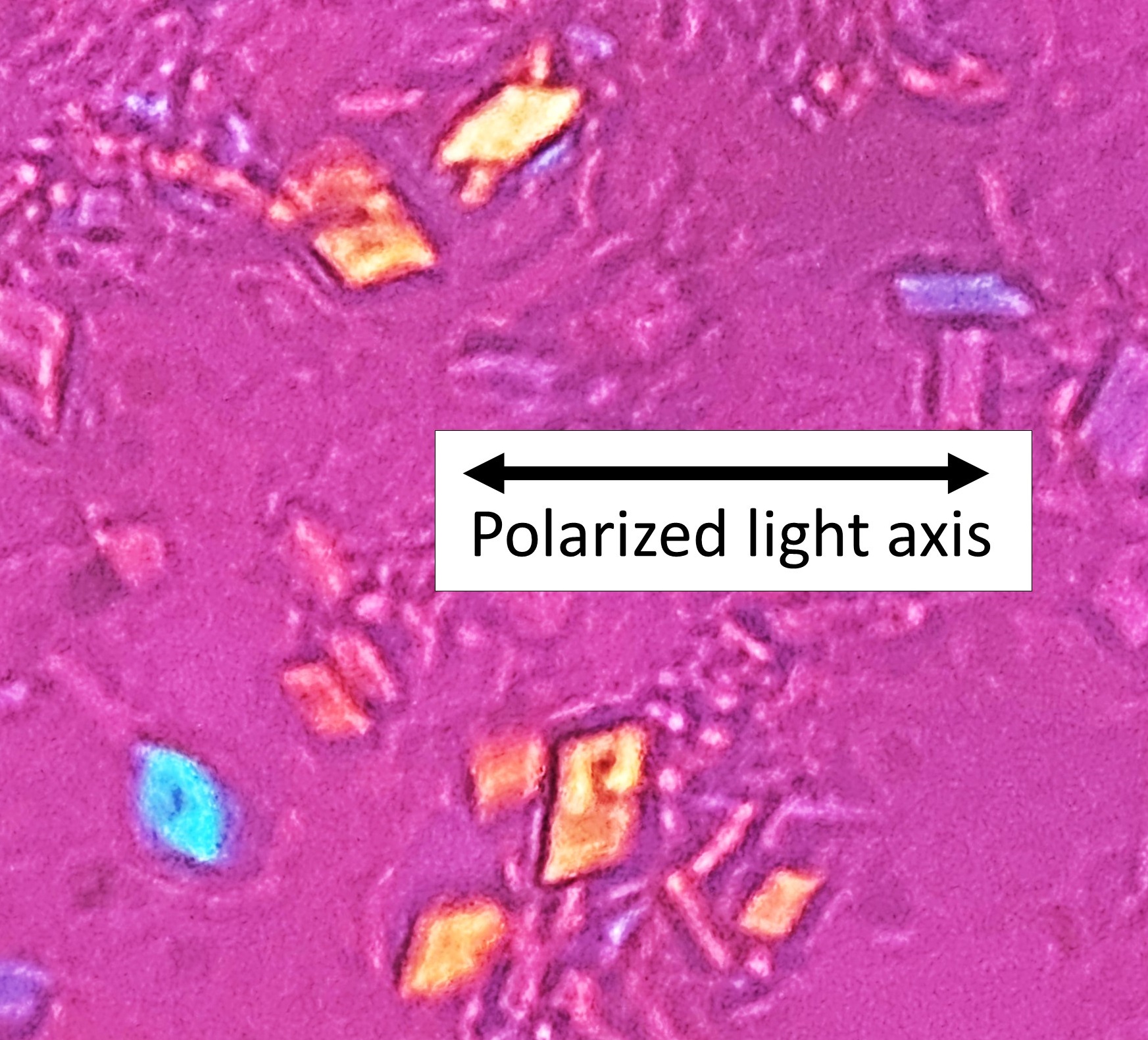Chondrocalcinosis 2

Chondrocalcinosis 2 is a rare disease characterized by the accumulation of calcium pyrophosphate dihydrate (CPP) crystals in and around the joints. A buildup of these crystals can lead to joint pain and damage that is progressive (worsens over time). Signs and symptoms of the disease include chronic joint pain or sudden, recurrent episodes of pain, as well as stiffness or swelling of the joints. Chondrocalcinosis 2 is actually a familial form of chondrocalcinosis (also known as calcium pyrophosphate deposition disease or CPPD), which is caused by a similar buildup of CPP crystals but is associated with the aging process. The age-related chondrocalcinosis is quite common, whereas chondrocalcinosis 2 is not. In addition, people with chondrocalcinosis 2 are more likely to have symptoms that develop earlier in adulthood than the age-related form..
Chondrocalcinosis 2 is caused by changes in the ANKH gene. The disease is inherited in an autosomal dominant manner. Chondrocalcinosis 2 is diagnosed based on imaging such as X-rays. The diagnosis can be confirmed with genetic testing of the ANKH gene. Treatment may include the use of corticosteroids, pain relievers, and physical therapy.
Chondrocalcinosis 2 is caused by changes in the ANKH gene. The disease is inherited in an autosomal dominant manner. Chondrocalcinosis 2 is diagnosed based on imaging such as X-rays. The diagnosis can be confirmed with genetic testing of the ANKH gene. Treatment may include the use of corticosteroids, pain relievers, and physical therapy.